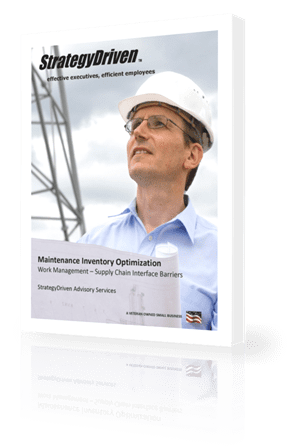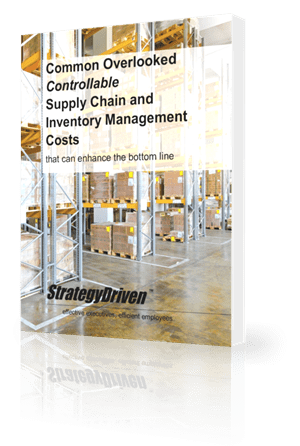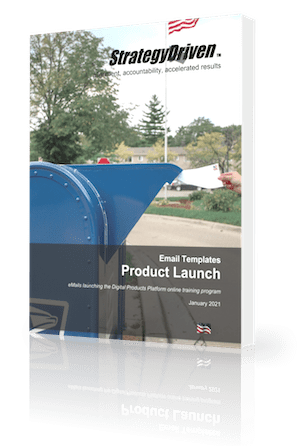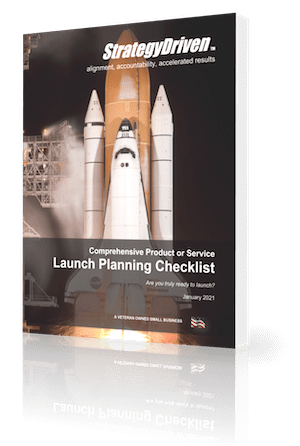Lost in Translation
Increase the impact of customer insights and analytics. How to break down the barriers between the analytics community and the business.
Data is omnipresent and within our grasp yet business truths are still elusive. Finding meaning in that data requires sifting through droves of extraneous information for business insight. It means distilling raw information into a “story” about our customers, our business growth levers, and the business challenges we face – all with a view of moving the business forward.
To extract this information, businesses have found growing within their midst an “analytics community” – groups of data crunchers clustered in back rooms, mining information warehouses and marketing databases for – what exactly? The answer is not always clear, because the value of the information is not yet fully realized or leveraged.
Over the past two decades, data-rich companies have found their analytics teams playing the role of internal service providers. They are tasked with mining through data to find answers to particular business problems. These people – the statisticians, database marketers, modelers, programmers, market researchers and analysts of all stripes – are the people who sit between an organization’s mushrooming information sources (databases, market research studies, marketing campaign analytics, predictive modeling results … the list grows infinitely) and a business output.
But it’s no longer enough for analysts to stay within their silos of expertise and crank out analysis. The analyst community cannot measure its worth by how quickly reports are delivered, or how happy those insights make the people who ask for them. The analytics community must emerge from the service provider mindset and into one of driving business success. Analysts have the privilege and the obligation to ensure that their organizations fully leverage the power of their corporate data banks to propel the business forward.
The translation layer
For large organizations with many lines of business and deep, rich databases, making sense of information has become a business itself. What is needed now is a “translation layer” to ground businesses in fact-based decision making.
The analytics community is ideally positioned to become the translation layer. They have the skills to see the whole picture where everyone else sees only parts of the puzzle. They can provide clarity on strategic issues. But first, they need to move out from the back room and connect the dots across the business to ensure the puzzle makes sense, and how, within the context of the organization’s strategy, its data could be put to maximum use. This is when analysis evolves into insight and when businesses are able to compete on analytics.
From service provider to business driver
As data becomes increasingly central to organizations – and a key business enabler – the analytics community needs to evolve from service providers to business drivers. It is no longer enough to hand over answers to small, narrowly defined business problems. Analysts must work to become the essential “translation layer” between the wealth of an organization’s insights and profitable business applications.
Here are some ways to make that happen:
Better business knowledge
The analytics community must step outside of their silos of expertise to better understand the business overall. They need broader exposure to business strategy and priorities, business and financial performance, and market context. This means investing the time to help them better understand how the business makes money so that they are in a better position to support greater business growth and move the business forward. Investing the time to train and develop this knowledge base will change the kind of insights that are generated – and increase the value the analytics community can bring to the table.
Better return on insights
Analytics teams must align requests to the strategic priorities of the organization. They need to look both at how the business will benefit from where time is spent, and at the opportunity cost of NOT spending time in places where it will yield greater returns. Treating analytical resources like marketing dollars will help ensure wise investment.
Clear explanation of results
Analysts need to make connections across the insights team to fully understand problems and opportunities within a broad, full-picture context. They must reach out to analytical teammates (in modeling, database marketing, research, finance) to connect the unconnected. Insights must be thoroughly rendered and clear, making them easier to understand and act upon. Time must be invested for analysts to become better communicators (both written and verbal) to improve information clarity.
Moving forward
Business analytics teams love digging through data to discover statistical patterns that inform a problem. Executives are hungry for fact-based solutions to their business challenges. Follow the suggestions in this article to pair these two groups successfully – and improve your organization.
This article was republished with the permission of sascom Magazine.
About the Author










Leave a Reply
Want to join the discussion?Feel free to contribute!